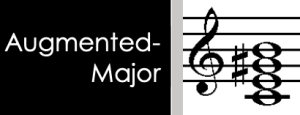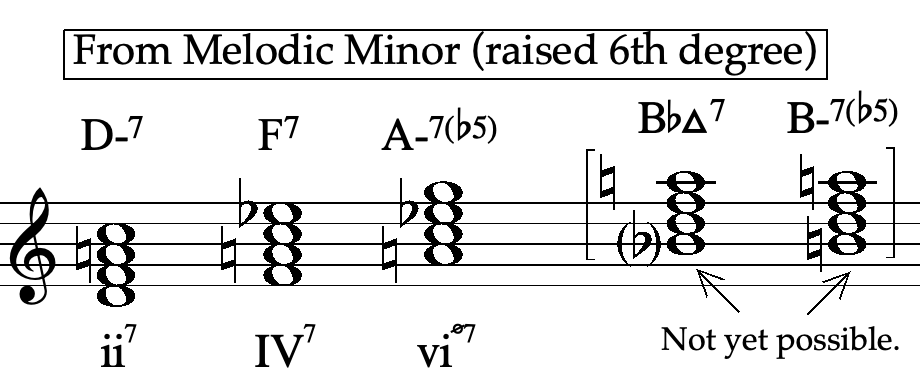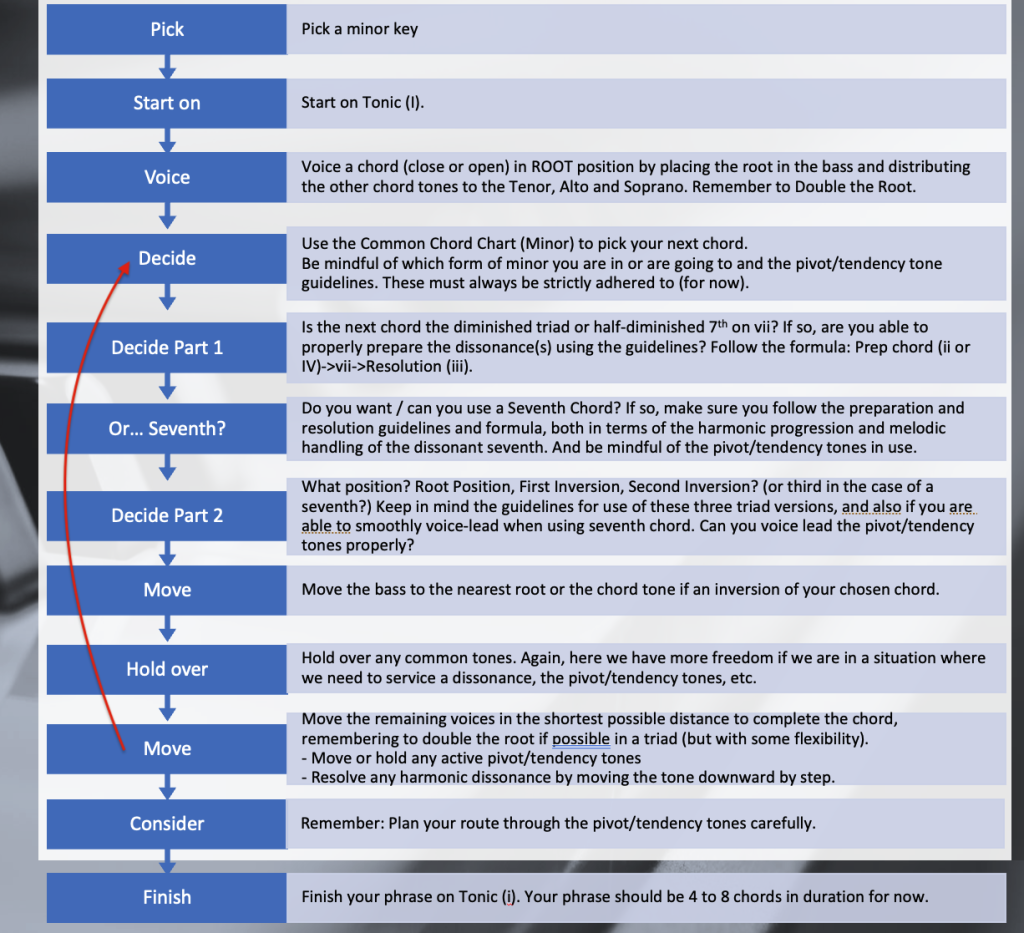POSTLUDE: Fundamentals of Music (Review – From “Open Music Theory”)
29 Other Rhythmic Essentials
Bryn Hughes; Mark Gotham; and Chelsey Hamm
Key Takeaways
- A triplet is a type of tuplet in which a beat (or subdivision, or multiple beats) in simple meter is divided into three parts. Notate a triplet by writing a 3 above the triplet rhythm.
- A duplet is a tuplet in which a beat (or subdivision) in compound meter is divided into two parts. Notate a duplet by writing a 2 above the duplet rhythm.
- Hypermeter refers to the patterns of accentuation at the metrical level.
- Syncopation happens when there are off-beat rhythmic accents, which can be created by ties, dots, rests, and/or dynamics.
Borrowed Divisions
Typically, a meter is defined by the presence of a consistent beat division: division by two in simple meter, and by three in compound meter. Sometimes composers will use a triple division of the beat in a simple meter, or a duple division of the beat in a compound meter; these rhythms are called tuplets. Triplets are a type of tuplet in which a beat (or subdivision, or multiple beats) in simple meter is divided into three parts. Triplets are sometimes thought of as “borrowed” from compound meter, because the beat in compound meter is usually divided into three parts. A triplet is notated by writing the number 3 on top of the triplet rhythm.
Triplets may occur at both any metric level, as seen in Example 1. In Example 1a, the triplet is at the beat level—this is the most common use of a triplet. Example 1b shows a sixteenth-note triplet, which is equivalent to one eighth note (the division in this time signature). Triplets also may occur across multiple beats, as seen in Example 1c. This triplet (notated with three quarter notes) takes up the space of one half note.
https://musescore.com/user/32728834/scores/8422541/embed
Example 1. Triplets at (a) the beat level, (b) the subdivision level, and (c) the multi-beat level.
A duplet is a tuplet in which a beat (or subdivision) in compound meter is divided into two parts. Duplets are notated by writing the number 2 on top of the duplet rhythm, as seen in Example 2.
https://musescore.com/user/32728834/scores/8422571/embed
Example 2. Notate a duplet by writing a 2 on top of the duplet rhythm.
Counting for tuplet rhythms is usually “borrowed” as well. For example, triplets are usually counted 1-la-li, while duplets are usually counted 1-and, 2-and, etc.
Meter Beyond Measure (Hypermeter)
We have seen that beats are either accented or non-accented which was observed in the discussion of conducting patterns in the previous two chapters (see Simple Meter and Time Signatures and Compound Meter and Time Signatures). Hypermeter refers to groups of measures that form patterns of accentuation, especially at faster tempos. In order to label patterns of accentuation across multiple measures, it can be helpful to annotate the score with hypermetrical counts as in Example 3, which shows a reduced excerpt from the “Scherzo” of Ludwig van Beethoven’s Symphony no. 9 (1824). While listening to Example 3, try conducting along to the hypermetrical numbers in a quadruple pattern. By doing this, you will be able to feel (and hear) which measures are more accented (1 and 3) and which are less accented (2 and 4).
https://musescore.com/user/32728834/scores/8422604/embed
Example 3. Eight measures of the “Scherzo” of Ludwig van Beethoven’s Symphony no. 9 (1824) with hypermetric counts.
Syncopation
Syncopation happens when there are off-beat rhythmic accents (see Rhythm and Meter in Pop Music for more information), and as Example 4 shows, it can be created by ties, dots, rests, and/or dynamics. In measure 1, the ties create the syncopation, while in measure 2, the rhythm is syncopated because of both a dot and a tie. The sense of syncopation in measure 3 is created by the rests at the beginning of each beat. In measure 4, while there is an eighth note on each division, the off-beat accents (dynamics) produce syncopation.
https://musescore.com/user/32728834/scores/6296167/embed
Example 4. Different examples of syncopated rhythms.
- Triplets and Duplets (YouTube)
- Triplets (Hello Music Theory)
- Duplets (Hello Music Theory)
- Syncopation (Music Theory Academy)
- Syncopated Rhythm Practice (YouTube)
- Counting Triplets, pp. 32–33 (.pdf)
- Counting Duplets, p. 13 (.pdf)
- Hypermetrical Numbers (.pdf)
- Counting Syncopation (.pdf, website, .pdf)
- Triplets and Duplets, Hypermeter, Syncopation (.pdf, .docx) Worksheet playlist
Key Points
In this chapter we learn how to both incorporate and handle four note tertian chord structures known as the seventh chord. The harmonic dissonance introduced by the seventh, and the double harmonic dissonance in the half-diminished seventh chord are prepared and resolved in the same manner as was learned when handling the harmonic dissonance of a diminished fifth in the diminished triad. We will cover the following:
- Seventh Chords in the Major Mode
- Preparation and Resolution of the Dissonance and the Chord Progression Schema for Seventh Chords
- Inversions of the Seventh Chord
- Connecting Seventh Chords to One Another
Triad Inversions in Minor
Seventh Chord Qualities and Labeling in Minor
As in the major mode, each scale degree in minor will, when a seventh chord is built by stacking up four notes in thirds with the scale degree as the root, produce different qualities of seventh chord. In minor, however, we get the addition of two new seventh chord qualities: The augmented-major seventh, and the diminished seventh (sometimes referred to as the "fully" diminished to distinguish from the "half" diminished seventh we already know.).
In context, when mapped onto a specific minor scale (C minor), we have the following:
Figure 1. Seventh chords in the minor mode (C minor).
As with triads, we label our seventh chords with both a Roman numeral analysis designation and a lead-sheet chord symbol. Since we have the two forms of the minor mode, ascending (harmonic and melodic) and descending (natural), we have a number of scale degrees that have more than one possible seventh chord variety depending on which form of the mode is in operation. The different chord variations are shown below.
Figure 2. The seventh chords specific to Harmonic Minor with the raised seventh scale degree (shown in C minor).
Figure 3. The seventh chords specific to Melodic Minor with the raised sixth scale degree (shown in C minor).
New Seventh Chords in Minor
In the minor mode, we encounter two new varieties of seventh chord which do not occur in major: The augmented-major seventh and the diminished seventh.
The Augmented-Major Seventh
 Built on the mediant, scale degree [latex](\hat3)[/latex] in the ascending form of the minor mode containing the artificially raised seventh scale degree ([latex]\bf\uparrow\hat7[/latex]), the augmented-major seventh chord is an augmented triad with a major seventh chord tone in relationship to the root. This chord is also known as a "major seven sharp five", similar to how we may refer to the half-diminished chord as a "minor seven flat five". The fifth chord tone is altered, raised by a half step, differentiating from a plain major-major seventh chord. In lead sheet notation it is best to use the major triad quality symbol followed by a superscript 5. It has a strong and stringent sound and can be very powerful and effective at a climatic moment in a phrase as the chord possesses great color and tension. It should be used sparingly in diatonic tonal music owing to this powerful character.
Built on the mediant, scale degree [latex](\hat3)[/latex] in the ascending form of the minor mode containing the artificially raised seventh scale degree ([latex]\bf\uparrow\hat7[/latex]), the augmented-major seventh chord is an augmented triad with a major seventh chord tone in relationship to the root. This chord is also known as a "major seven sharp five", similar to how we may refer to the half-diminished chord as a "minor seven flat five". The fifth chord tone is altered, raised by a half step, differentiating from a plain major-major seventh chord. In lead sheet notation it is best to use the major triad quality symbol followed by a superscript 5. It has a strong and stringent sound and can be very powerful and effective at a climatic moment in a phrase as the chord possesses great color and tension. It should be used sparingly in diatonic tonal music owing to this powerful character.
The Diminished Seventh Chord ("Fully Diminished")

Built on the artificial leading-tone scale degree in ascending minor, scale degree ([latex]\bf\uparrow\hat7[/latex]), the diminished seventh chord is a diminished triad with a diminished seventh chord tone in relationship to the root. It is also sometimes called a "fully diminished" chord so as to distinguish itself from "half diminished" chord which is similar. This chord is unique and effective in a number of ways and, in minor is further specialized in that we are using specifically Harmonic Minor with both the raised seventh scale degree AND the natural sixth scale degree [latex](\hat6)[/latex] simultaneously as active chord tones. The chord is extremely effective in moments of tension and climax with a very hazy and diffuse sound, ungrounded by any perfect fifth interval in its construction. Later we will learn that this chord has a dominant function as is in fact an incomplete dominant ninth chord.
Additional Voice Leading Considerations
With the addition of seventh chords in the minor mode, a few additional considerations must be made with regard to proper voice leading in SATB style as we must both consider the preparation and resolution of harmonic dissonance (7ths and diminished 5ths where they occur), and the proper handling of the pivot/tendency tones in the minor mode. These two considerations lead to a several specific conditions:
First, at this time we have a few seventh chords that will be unusable and were already shown above:
Figure 4. The three currently unusable seventh chords in the minor mode (shown in C minor)
Each of these seventh chords contains an as yet unsolvable problem under our current, strict, guidelines when both trying to resolve the harmonic dissonance properly, and satisfy the voice leading conditions of the pivot/tendency tones.
Figure 5. The problem of handing the dissonance and pivot/tendency tones in the three unusable seventh chords (shown in C minor)
Each of these chords presents a problem in that we can not resolve the harmonic dissonance of the seventh while, at the same time, satisfy the pivot/tendency tone guidelines as the seventh in all three cases is one of the pivot/tendency tones out of the Ascending form or the minor mode: The seventh must voice-lead downward to resolve but the pivot/tendency tone must go up (or hold over). At this time, we will consider these chords as not possible under the current conditions and save these for when we obtain a greater level of understanding and mastery of the subject and are then allowed much greater freedom and flexibility
There is, however, a condition which does exist when using the fully diminished seventh chord, built on the raised seventh scale degree in the Ascending form of minor where we have both the raised seventh and natural sixth scale degrees of the mode voiced in the chord at the same time. This is, in fact, perfectly acceptable and even desirable as this chord comes directly out of Harmonic minor which, as we know, contains the natural sixth and raised seventh scale degrees. In this case, we handle these two tones exactly as expected: The raised seventh will move upward to the tonic (scale degree 1), satisfying the pivot/tendency tone guideline #1, and the natural scale degree 6 will fall to scale degree 5, satisfying pivot/tendency tone guideline #3.
Figure 6. The two possible resolutions of the diminished ("fully") seventh chord (shown in C minor)
Soon, we will be able to resolve this chord directly to the tonic (i) minor triad but, for now, these are the only two possible resolutions under the current guidelines.
Chord Connection Guidelines in Minor: V2
Now that we have added seventh chords to the mix in the minor mode , we may now further adjust our tonal harmony part-writing flowchart for the minor mode:
Common Tone Chord Chart: Triads (Minor Mode)
| Chord | Has common tones with... | |||||||
|---|---|---|---|---|---|---|---|---|
| i | III | III+( |
iv | IV ( |
v | V ( |
VI | vi ( |
| ii | v | V ( |
||||||
| ii ( |
IV ( |
V ( |
vii ( |
|||||
| III | v | VI | VII | *i | ||||
| III+ ( |
V ( |
vii ( |
i | VI | ||||
| iv | VI | *VII | i | *ii | ||||
| IV ( |
vii ( |
ii ( |
||||||
| v | VII | *i | III | |||||
| V ( |
i | III+ ( |
||||||
| VI | i | ii | *III | III+ ( |
iv | |||
| vi ( |
ii ( |
|||||||
| VII | III | iv | v | |||||
| vii ( |
III+ ( |
iv | *IV ( |
V ( |
||||
A chart of chords (triads) in the tonal minor mode which have at least one tone in common and are permissible with the voice leading guidelines of the pivot/tendency tones in the minor mode. Chords show in bold are from the Ascending form of minor (harmonic/melodic) along with the active scale degree shown for further clarity. The asterisk (*) shows either a connection in the Natural (descending) form of minor where the downward motion of the natural pivot/tendency tone is avoided or a move (italicized) that does not properly prepare or resolve the diminished fifth dissonance. Both are to be avoided until we relax the guidelines and have a freer treatment of both the Natural form of minor and the diminished fifth dissonance.
The table is the same as before and should be a good, general guide. However, do note that the addition of seventh chords may, as we have learned, prevent certain moves from happening. Everything at this point must be context driven with the following questions being asked from moment to moment:
- Can I prepare or resolve any dissonance(s)?
- Can I satisfy the voice-leading guidelines for any active pivot/tendency tones?
- Am I moving from one chord to another that has at least one common tone, even if I am best to not hold over that tone in the same voice because of other, more important voice-leading considerations?
EXAMPLES: Seventh Chords in the Major Mode
If the score above is not displaying properly you may CLICK HERE to open it in a new window.
RWU EXERCISES
Mixed Triads and Seventh Chords in Short Phrases
Using the templates below, do the following:
A) ROOT POSITION SEVENTH CHORDS
- Realize the given harmonic progression (the Roman numeral analysis is provided). You may choose inversions of the triads as you wish within the guidelines.
- Compose three harmonic progressions of your choice, at least 8 to 12 chords in length, one may be in C Major, and the other two any major key of your choosing.
- Follow the guidelines set above.
- You must have at least two seventh chords per phrase, but not more than three. Try, across your three attempts, to use one of each possible seventh chord found on each of the seven scale degrees.
- You must have at least one instance of a leading tone diminished triad OR half-diminished seventh chord in each of your phrases, properly prepared and resolved according to the guidelines above.
- Use triad inversions wherever you wish according to the already established guidelines for voice leading. Strive for a decent mixture of root, first, and second inversion triads to complement the seventh chords.
B) INVERSIONS OF SEVENTH CHORDS
- Compose three harmonic progressions of your choice, at least 8 to 12 chords in length, one may be in C Major, and the other two any major key of your choosing. Follow the guidelines above except this time, when using the seventh chords, you may use inversions. Strive for a good mixture of different inversions and root position for both practice and variety. You may also try to connect seventh chords to one another--you should have at least two instances across your three phrases.
(you must be logged into your Noteflight account to open the activity templates above)
Schoenberg Theory of Harmony Examples
Further Reading
- Schoenberg, Arnold: Theory of Harmony
- Schoenberg, Arnold: Structural Functions of Harmony








